With access to some of science’s most stark observations on the climate crisis, why is Nasa’s David Green feeling optimistic?
Over the past two and a half years since the COVID-19 pandemic ripped across the globe, Dr David Green, Nasa advisor for Disaster Risk Reduction & Resilience, has seen a marked shift in how we think about compound risks.
It is this - and a confidence in the new generation - that gives him confidence in mankind’s ability to tackle the major existential risks of the future.
“I just spent the afternoon talking to interns in their early careers,” he says during a visit to London, having spent the previous week at a wildfire summit in Italy (in his capacity as Nasa program manager for Wildfire Management).
“I’m incredibly enthusiastic about the next generation. They do not see the barriers or the silos of the previous generations and it is changing how governments are working and how communities interact.”
“You can get caught up in whole ‘woe is me, things are terrible’ mentality. But there are a lot of tools and applications that people have available now that we didn’t have before.”
“This is why Nasa takes to heart championing open science approaches, because the more we can get it out there, the more the data is available, the easier it is for people to turn that into solutions.”
Understanding compound risk
For the risk community (and fan’s of the WEF Global Risks Report’s interconnections map) the fact that risks are highly interlinked is nothing new.
But for decision-makers in both the public and private sector - those responsible for making the choices that relate to society’s future resilience - recent experience has opened their eyes to butterfly effects that are inevitable in a highly connected, global world.
From the impact of the pandemic lockdowns on global supply chains and influence of a changing climate on the frequency and severity of natural perils through to the impact of the Russia-Ukraine conflict on commodity prices and inflation, the compound nature of risk has never been more apparent, Green tells StrategicRISK.
“Pre-COVID, with issues such as health, we didn’t understand the compound effect. Initially, governments thought it was just a health issue and then we realised it touches on transportation and logistics, social decision-making and governance, emergency management and the distribution of materials among other things.”
Observations from Nasa satellites and models are increasingly used to support decisions and actions, to promote innovation and build capacity in the use of earth science.
Understanding the impact of climate on natural hazard is in Green’s blood. Before joining Nasa in 2014, he was at the US National Oceanic and Atmospheric Administration (NOAA), latterly as lead for emerging science and services, National Weather Service.
More efficient incident response
Near real-time access to damage assessments from severe weather events allows a far more proactive response than was possible before.
“You might read about a hurricane or storm in the media, but the stories are going deeper because now you can actually connect impacts and decisions on the ground,” explains Green. “There is much more translation and scalability of information.”
“You might have a factory in the UK relying on a supply of materials during the South East Asia monsoon season, for instance. In the past, the workforce here was not necessarily aware they were dependent on something from the other side of the world.
“Now we’re monitoring that entire world system now, so you can take a proactive measures and source supplies from somewhere else.”
“We’re bringing our earth observation approach to help inform that awareness so risk managers can take the appropriate actions,” he continues. “Supply chains are now more global and so we get in there when things happen. We’re learning all the time. When Iceland has its next eruption we will have the experience we’ve learned to keep the airspace open.”
Earth observation information can shorten the time it takes to settle a claim and provide essential liquidity in the aftermath of a major natural catastrophe event. This is also where there is a role for parametric solutions.
“It often takes too long to issue a claim, but we can see where a crop failure is likely to happen and we can notify the bank, release those funds, tell the Red Cross or the UN to get in there earlier.”
Nasa’s model insights also assist with longer-term planning and investments, for instance ensuring that infrastructure rebuilding following a natural catastrophe will still be resilient and sustainable in ten to 20 years time.
“We can shrink and compress the time of our actions, and we can see that perhaps a long-term change means we need to commit for a longer time. That’s where we tie our short-term strategy to longer-term investments.”
Connecting the dots
In an era of the explosion of data, there is no value in holding onto raw materials, thinks Green. Instead, Nasa’s approach is to not only collect and distribute earth observation and meteorological insights, but to ensure it ends up in the right hands.
“We take an earth systems approach which means we need to be working with other organisations, the private sector, academics, humanitarians, philanthropists, different countries and regions - which means we interact with people from around the world,” says Green.
“Most people think of Nasa as looking up at the universe - above and beyond - but Nasa, most importantly, looks at the earth as a system we live on and how we interact with that. We use our science, our observations our satellites and our relationships to look at those changes.”
Collaboration is essential, as is the ability to communicate risk in a way that non-experts can understand and leverage. This is particularly important when it comes to finding solutions to tackle the climate crisis, he thinks.
“Part of our strategy is no one has one solution so we must figure out how to collaborate, and if nothing else, we can use our Nasa brand to bring people together from different disciplines, to really get a handle on what’s the nature of perils or the nature of impacts.”
“Nasa is also getting better at communicating. Talking to the media, using tools and visualisation to help people reach that ‘aha’ moment for them individually. This is to ensure decision-makers not just receive a written report but have better communications to actually understand the implications of the change in risks.”
“With those communications there is that realisation that you yourself are part of the solution - part of that flow of the story,” he adds. “At Nasa, we think of visualisation and communication as no longer a separate part of the science and technology solutions but an integral part of getting the message out.”





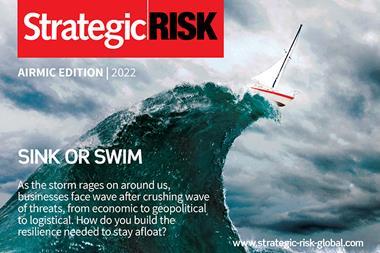
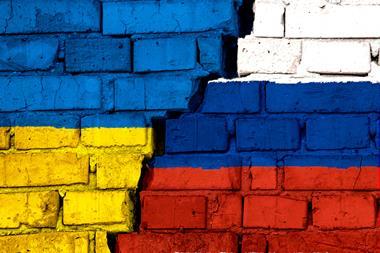
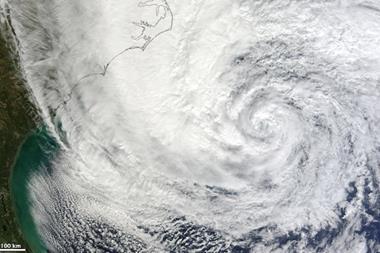
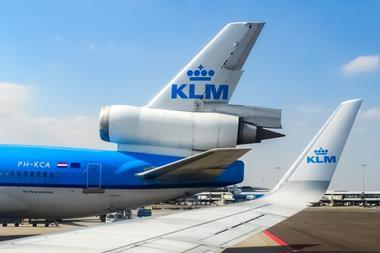

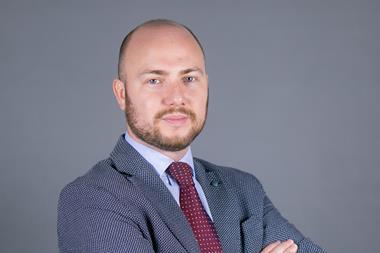









No comments yet